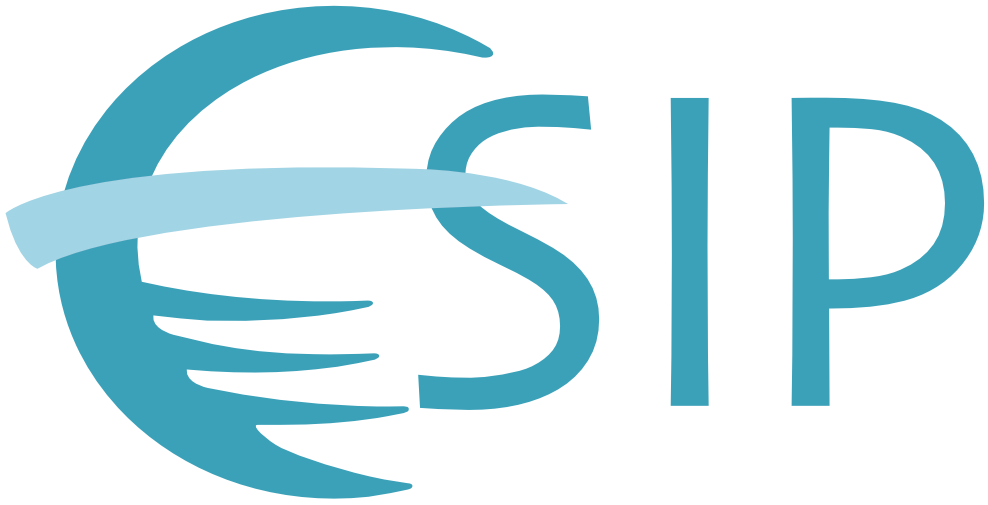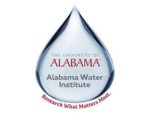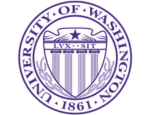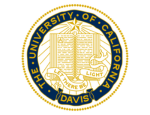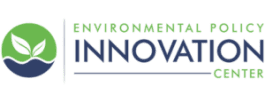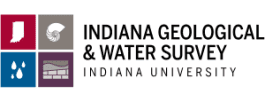Early bird rates are available for registration to the 2026 January ESIP Meeting. Register.
Why microfunding matters.
You don’t don’t need to know everything. Learning new skills — and testing new ideas — takes time, resources, and deliberate effort. That’s why our grants process focuses on tying technical goals to learning objectives.
Everyone needs support. Getting financial backing is a key part of research, but so is community. Join ours and help the whole Earth science data community grow.
Small grants make Big Impact
Microfunding opens the door to bigger projects. And it’s necessary in today’s research cycle. New ideas and technology need a little money and a lot of space with collaborative support to do the incremental work of pushing the Earth sciences forward.
Total dollars granted through the ESIP Lab each year for pilot projects and FUNding Friday.
Total projects funded and guided through the ESIP Lab small-grant innovation process.
Cloud provider credits used by ESIP Lab projects each year.
